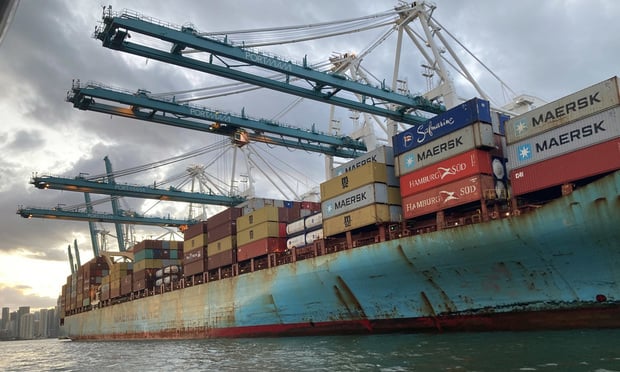Construction labor and construction jobs are both increasing. Since the start of the pandemic, there has been an increase in the available labor pool, and at the same time, the construction industry has added 500,000 new jobs. That is the largest increase in jobs since the 1930s. The market uncertainty has driven this increase in jobs and labor.
"Basically the unknown has been the biggest driver to the increased labor pool of construction, however, this increase is very specific to certain markets and regional areas of the United States," Tom Harrison, VP and managing partner of Johnson Carlier, tells GlobeSt.com. "In some cases it has stressed the labor pool, meaning some trade partners have taken the other side of the unknown of what is around the corner and taking on more work as a sort of insurance policy if there were to be a significant downturn in construction and development."
This is an unusual trend. Most developers take on more development projects during a market boom rather than during a dislocation, like we are seeing now. "This is dangerous as most trade partners do not go into financial peril during bad times as one might think, but in the good times when the construction market is flush with work, they end up taking on too much and not being able to execute and at times they get overextended with suppliers and material houses," says Harrison.
At the start of the pandemic, many developers were hopeful that the market downturn would lead to a decrease in construction costs, but the increase in construction jobs and labor has stabilized pricing. "We see no decrease whatsoever at this time due to the pandemic," says Harrison. "We have to remember the construction and development were at or nearing record high levels since the recession of 2008. Suppliers and material warehouses around the U.S. and the world for that matter are not dropping their prices at all from what we see due to the pandemic."
However, there is the potential for a dearth of materials as a result of the pandemic. "What we do see with certain supplies and material around the country is that these companies are not stockpiling their supplies and materials waiting for orders to come in rather than manufacturing and fabrication most material especially select and specific components in a real-time manner so that expensive items or not hitting their balance sheets," adds Harrison.
Want to continue reading?
Become a Free ALM Digital Reader.
Once you are an ALM Digital Member, you’ll receive:
- Breaking commercial real estate news and analysis, on-site and via our newsletters and custom alerts
- Educational webcasts, white papers, and ebooks from industry thought leaders
- Critical coverage of the property casualty insurance and financial advisory markets on our other ALM sites, PropertyCasualty360 and ThinkAdvisor
Already have an account? Sign In Now
*May exclude premium content© 2025 ALM Global, LLC, All Rights Reserved. Request academic re-use from www.copyright.com. All other uses, submit a request to [email protected]. For more information visit Asset & Logo Licensing.








